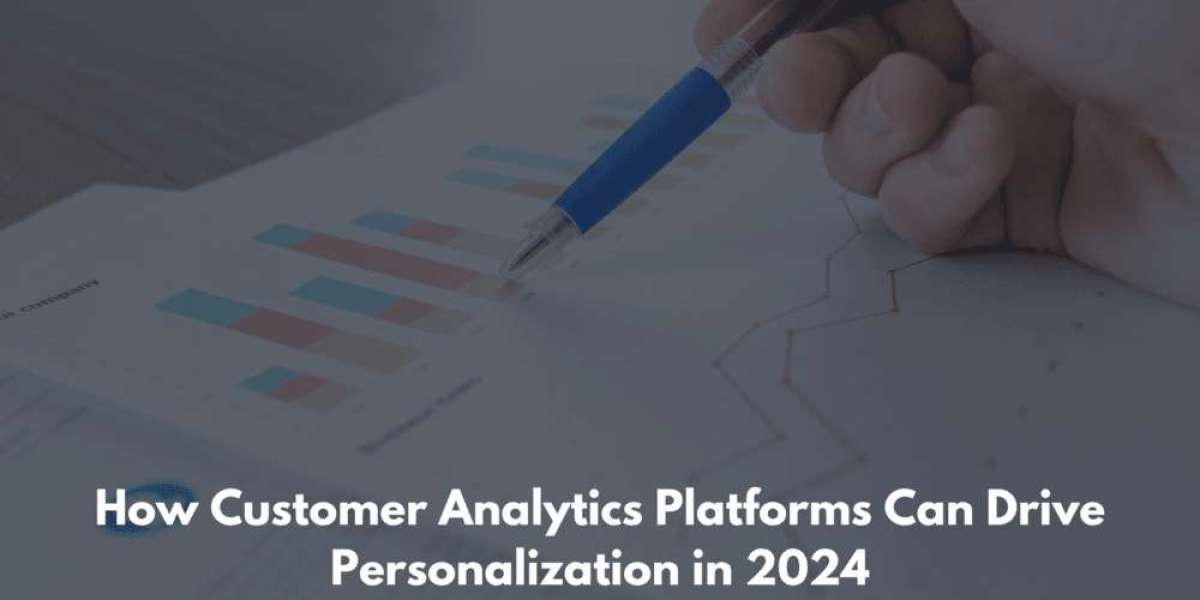Personalization has evolved from a nice-to-have to a must-have in today's competitive market. Customers expect tailored experiences, and businesses that fail to deliver risk losing them to competitors. This is where Customer Analytics Platforms (CAPs) come into play. By harnessing the power of data, CAPs can provide invaluable insights that enable highly personalized customer interactions.
The Role of Customer Analytics Platforms in Personalization
Customer Analytics Platforms are the backbone of effective personalization strategies. By collecting and analyzing data from various sources, including website traffic, social media, CRM systems, and purchase history, CAPs create a comprehensive customer profile. This profile offers a deep understanding of customer preferences, behaviors, and needs, empowering businesses to deliver highly relevant and engaging experiences.
Key Benefits of Using Customer Analytics Platforms for Personalization
- Enhanced Customer Experience: By tailoring interactions to individual preferences, businesses can create more satisfying customer experiences, leading to increased loyalty and advocacy.
- Increased Customer Engagement: Personalized content and offers are more likely to resonate with customers, driving higher engagement rates and click-through rates.
- Improved Conversion Rates: By presenting relevant products or services, businesses can significantly boost conversion rates and drive sales.
- Optimized Marketing Spend: CAPs help identify high-value customer segments, allowing businesses to allocate marketing budgets effectively and maximize ROI.
Strategies for Effective Personalization with Customer Analytics Platforms
- Data Segmentation: Divide customers into distinct groups based on shared characteristics, such as demographics, purchase history, and behavior. This segmentation enables targeted messaging and offers.
- Real-Time Personalization: Leverage CAPs to deliver personalized experiences in real-time based on customers' current behavior and preferences. This can include dynamic product recommendations, personalized website content, and tailored offers.
- Predictive Analytics: Utilize predictive modeling to anticipate customer needs and preferences. This can help identify potential churn risks, recommend products before customers even know they want them, and optimize customer journeys.
- Cross-Channel Consistency: Ensure a seamless customer experience across all channels by delivering personalized messages and offers consistently. This requires integrating data from various touchpoints into the CAP.
- Continuous Optimization: Personalization is an ongoing process. Regularly analyze performance metrics and refine your strategies to maximize impact.
Measuring the Impact of Personalization
To assess the effectiveness of your personalization efforts, it's essential to track key performance indicators (KPIs). These metrics may include:
- Conversion rates
- Average order value
- Customer lifetime value (CLTV)
- Customer engagement metrics (e.g., click-through rates, open rates)
- Churn rate
By monitoring these KPIs, you can measure the ROI of your personalization initiatives and make data-driven adjustments to optimize results.
In conclusion, Customer Analytics Platforms are indispensable tools for driving personalization in 2024. By leveraging the power of data, businesses can create highly tailored experiences that resonate with customers, build stronger relationships, and ultimately boost revenue. By implementing the strategies outlined in this tech blog and continuously measuring performance, you can unlock the full potential of personalization and gain a competitive edge.






